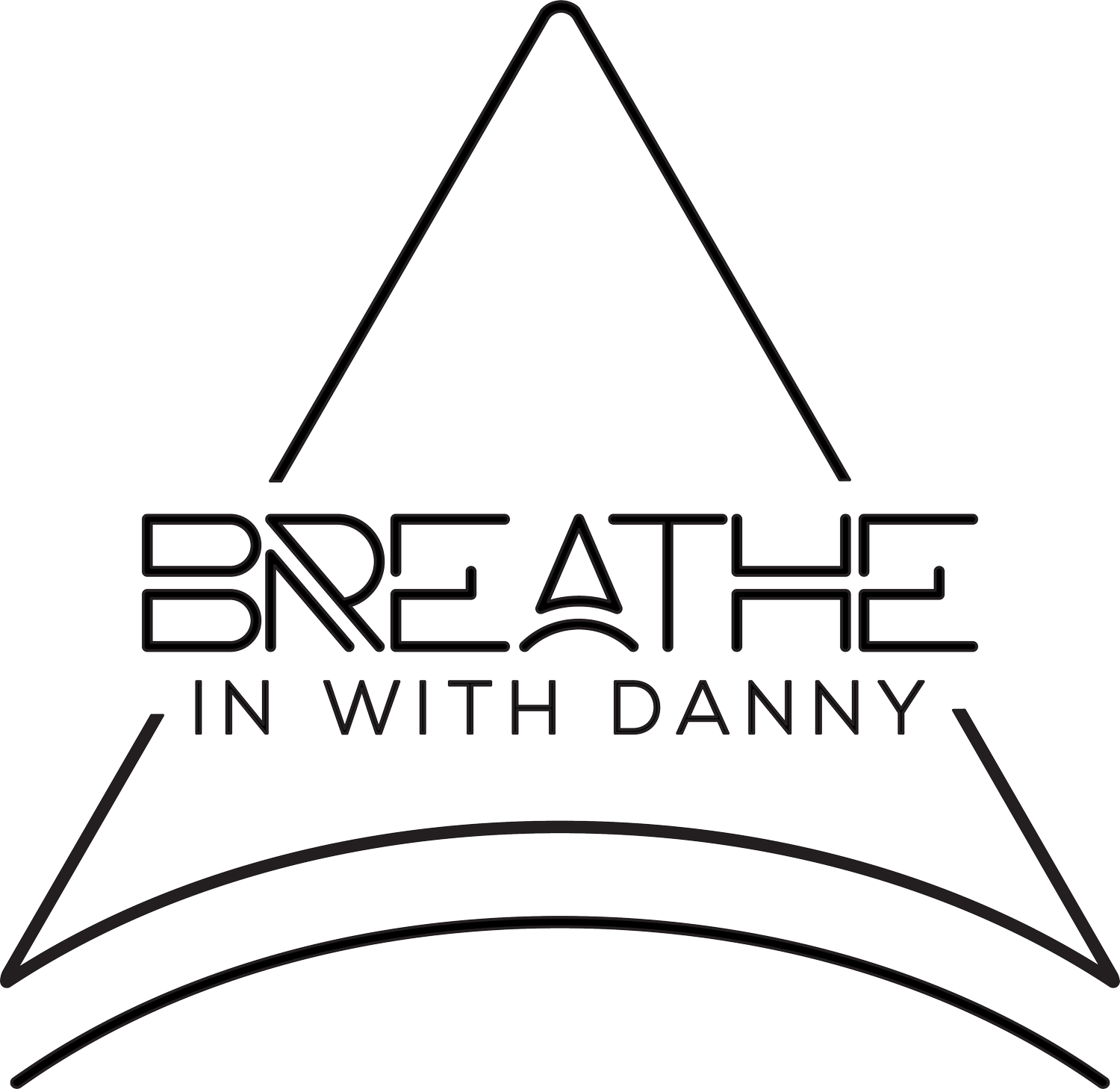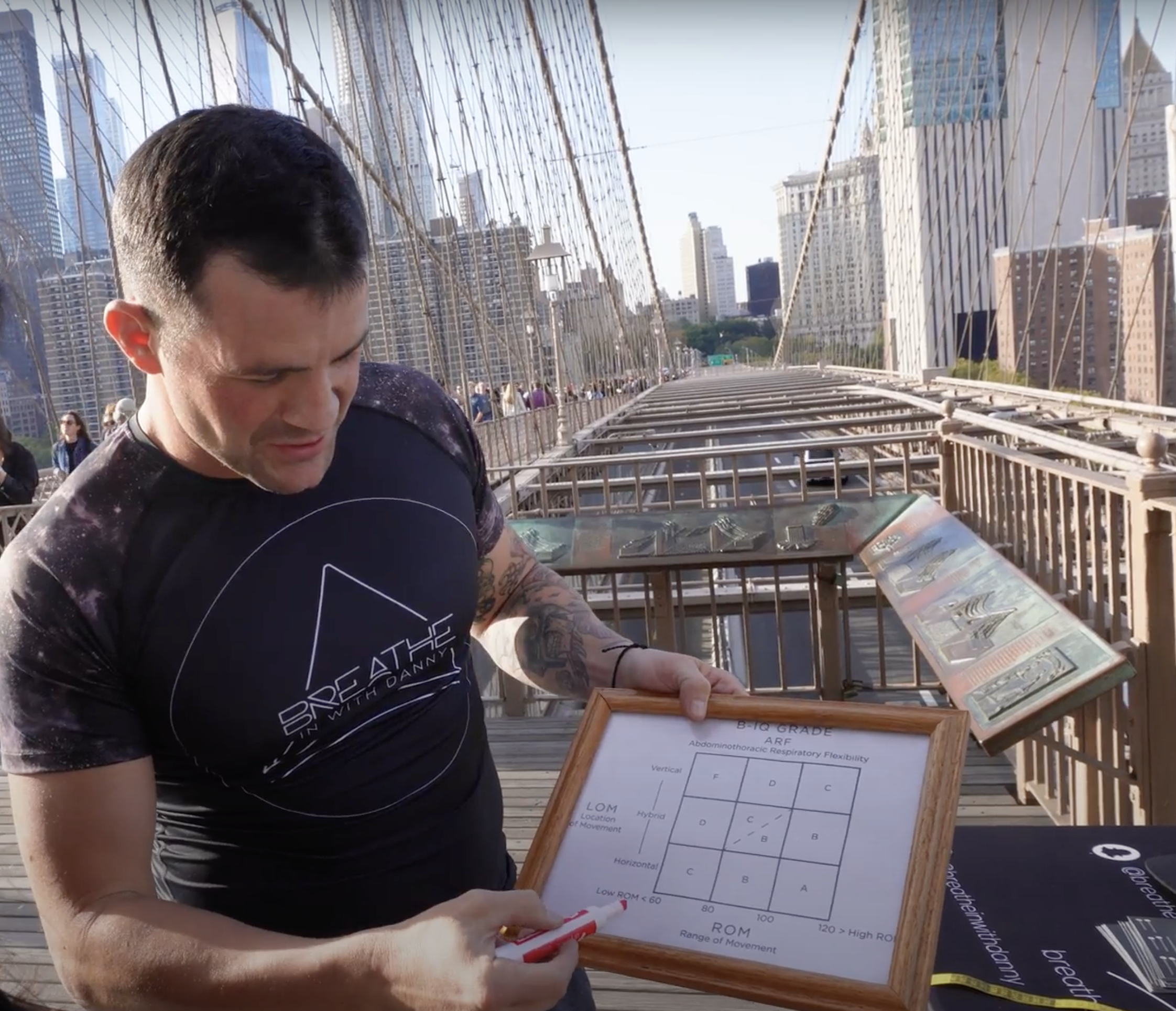Breathing IQ (BIQ)
Breathing in an anatomically sound and mechanically congruent manner is not essential to being a healthy and happy individual, however, learning to breathe correctly can enhance your mental and physical health. Before the Breathing IQ score, created by clinical psychologist and founder of The Breathing Class, there was no universal way to measure whether a person was breathing the way we are designed to breathe. Dr. Belisa loves to say, “you can’t improve what you can’t measure,” and the Breathing IQ, aka BIQ score, does just that. It does this by measuring two key factors, your location of movement (where your mechanics are directing air) and your range of motion (how much air you can take in each breath).
The location of movement is an essential depiction because it determines if you bring oxygen-rich air to anatomical dead space. Anatomical dead space refers to places in our body with no alveoli; the only place where gas exchange of oxygen can enter our body and be used. An example of this would be your mouth and trachea (throat); although the air is technically in your body, it’s useless; think about sticking your foot in a bucket of water if you were dehydrated. The most alveoli-dense areas of our bodies are in the lower regions of our lungs, and we get air there with diaphragmatic breaths. The BIQ location of movement is broken down into three categories of breathers. In vertical breathers (the worst kind), the location of movement is found in the upper body, shoulders, chest and head rise during inhalation. Hybrid breathers, not the best, not the worst, location of movement is found in both the shoulders, chest and neck, yet still movement in the lower abdominal region as well. Horizontal breathers the most efficient way; location of movement is found exclusively in the abdominal region. Until the age of about 5 ½ years old, we were all horizontal (aka belly breathers) but sitting in desks, social norms creating insecurities revolving around “sucking in that gut” and emotional trauma that causes a constant brace has left many individuals wearing emotional and muscular corsets; preventing that deep fulfilling breath we all need.
The second thing taken into account is the range of motion; this depicts how much air you can fit where it is anatomically useful. This is known as abdominal thoracic respiratory flexibility; our ribcage and abdominal region are designed to expand during inhalation; this is called thoracic excursion. The range of motion depicts the difference in circumference between your inhale and exhale, measured at the nipple line at the lowest rib(where movement occurs during a mechanically sound breath). This range of motion takes into account how much fresh oxygen-rich air you can get to the place our bodies can use the most efficiently (your inhale measurement in inches); as well as how much used-up residual air you can rid your lungs of(your exhale measurement in inches). The equation is simple, subtract your exhale from your inhale and divide the difference by your exhale measurement and multiply it by 1000, equaling your range of motion. Your score will be a combination of your location of movement and range of motion and will fall between an F and an A score on our grading chart; visit thebreathingclass.com to find out where you fall.
The goal is first to perfect your location of movement, ensuring air is going to the optimal place and then maximizing the efficiency of each breath. The more expansive the inhale and narrow the exhale, the more efficient the breath. James Nestor, New York Times best-selling author of Breath: The New Science of a Lost Art, describes an efficient breath beautifully when he states:
The problem with taking shallow breaths, you can think about breathing as being in a boat, right? So you can take a bunch of very short, stilted strokes and you're going to get to where you want to go. It's going to take a while, but you'll get there. Or you can take a few very fluid and long strokes and get there so much more efficiently. You want to make it very easy for your body to get air, especially if this is an act that we're doing 25,000 times a day. So, by just extending those inhales and exhales, by moving that diaphragm up and down a little more, you can have a profound effect on your blood pressure, on your mental state.
Thanks to Dr. Belisa, there is no more guesswork; you can know for sure if you are taking a bunch of very short, stilted strokes or very few, very fluid, and long strokes with your breath.


